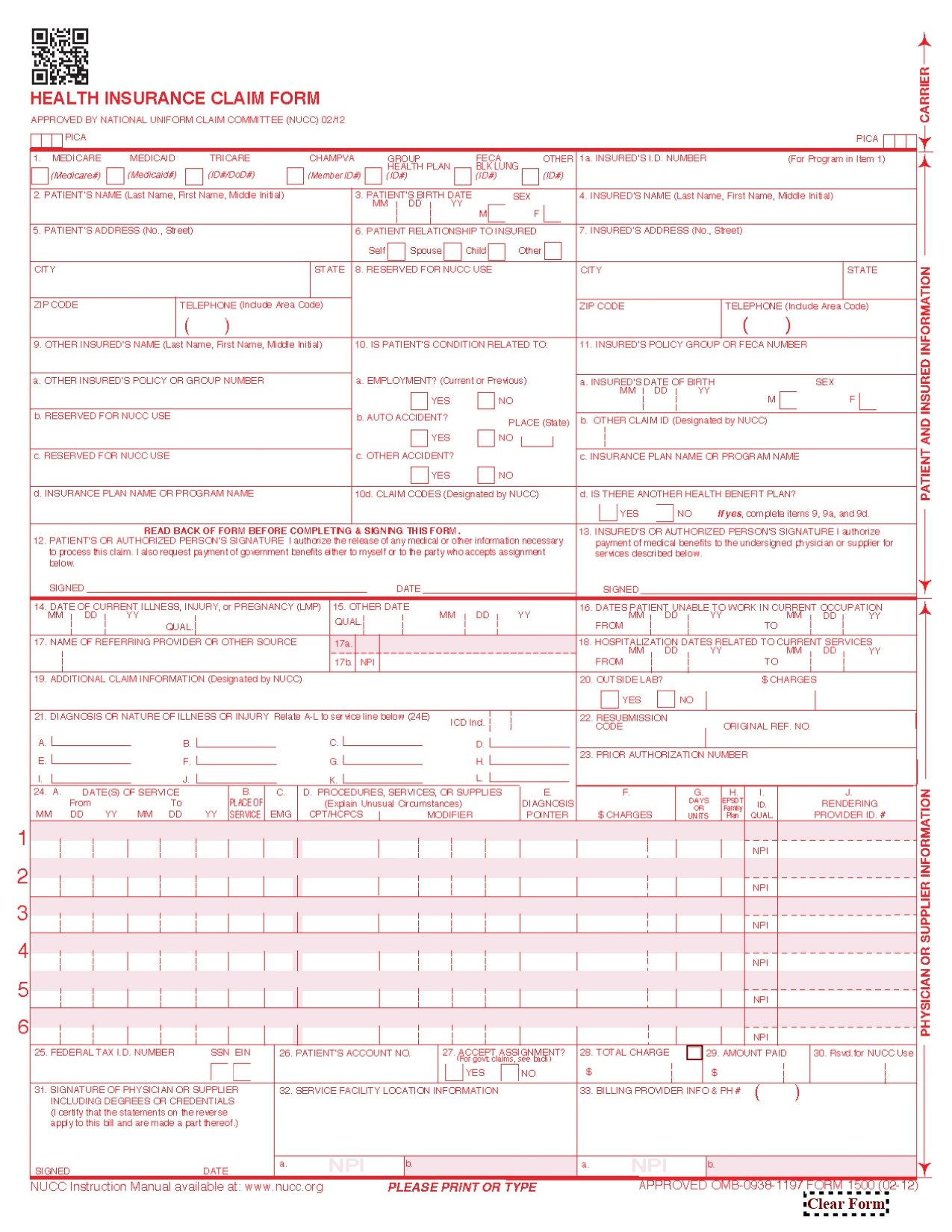Difference Between Place of service (POS) 2 and (POS) 10
When billing for outpatient medical services, choosing the correct Place of Service (POS) code can make or break your reimbursement. Among the most debated are POS 2 (Telehealth Provided Other than in Patient’s Home) and POS 10 (Telehealth Provided in Patient’s Home). These two codes may seem similar, but their implications for billing, reimbursement, and … Read more





